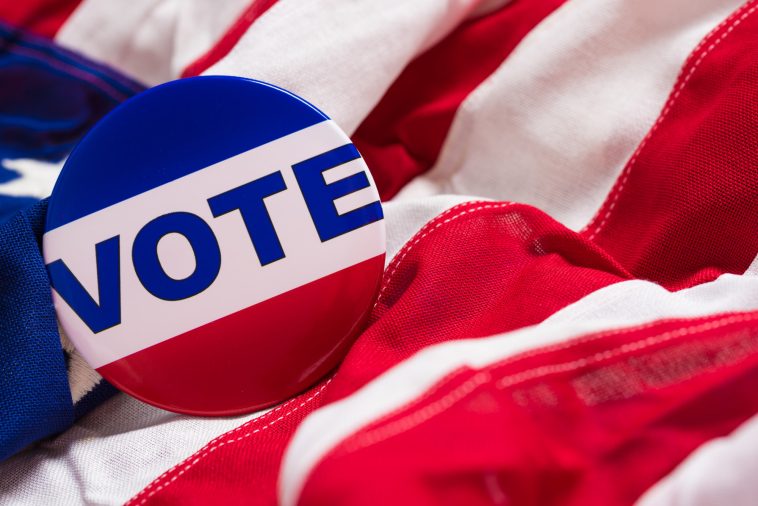Did you know that nearly 160 million people voted in the 2020 election? While voter turnout has been increasing, many people are still hesitant to take the time out of their day to go vote. For some people, this is due to confusion around the popular vote and electoral votes.
What is the purpose of having a segmented voting system? If you’re curious about the Electoral College, we’re here to help. Read on to learn more about the voting process for your next presidential election.
What Is the Electoral College?
To begin, what is the Electoral College? Shouldn’t the vote be decided on who wins the popular vote? Many Americans feel this way, as the one who receives the most votes would sensibly be the one winning the election.
However, the Electoral College functions separately from the popular vote. In essence, the popular vote will not impact the election. The winner picked by the Electoral College will decide the next President.
Electors of the College are meant to vote based on what the people of their state vote. Due to this, the popular vote does matter, as it decides what the electors will submit. However, “faithless” electors sometimes cast votes against what their state has voted.
Who Installed the Electoral College?
The Electoral College is as old as the nation’s founding. While the term “Electoral College” does not appear in the Constitution, the process is outlined in a description of “electors.” In years to come, the 12th Amendment would more clearly define the body.
Since its foundation, there have been more than 700 proposals to reform or eliminate the College. No other subject has had more proposals in the history of the United States. These proposals are so high not solely because of how old the subject is, but because the College is a controversial subject for many Americans.
Issues with the Electoral College
Why do so many people want to change the Electoral College? While the system is far from a “failure,” it’s far from without controversy or issues. Here are some of the major concerns with the Electoral College.
Winner Takes All
One issue is that the College isn’t equal in all states in terms of its function. In some states, the vote can be split between candidates. If a race has a split vote of 60-40, some states will separate the electoral votes so that each candidate receives some.
However, in some states, this system is not in place. In Florida, for example, the College functions on a “winner take all” basis. The candidate with the most votes will receive all of the electoral votes.
As a result, this can cause some candidates to seem to have full representation when they won by a slim margin. Some Americans feel as if their vote doesn’t matter when this occurs, which lowers voter turnout.
Slanted Representation
Another problem is the slanted representation that the College can cause. States are awarded votes based on how large the population is.
On paper, this is ideal, as this means that the larger population gets the larger vote. The popular vote functions in a similar way, so why is this an issue with the voting system? To most people, it isn’t an issue, but some are bothered by the dynamic.
For example, California has the most electoral votes at 55. Texas is second at 38, followed by Florida and New York at 29. These states are called “swing states” as they have the power to swing the election.
By contrast, states with a low population like Wyoming, Vermont, and Montana have only three votes. As a result, the swing states together have the voting power to give a candidate more than half the votes they would need to win. The other states seem to have less of a say in the matter.
While this sounds unfair, a look at the population shows that this system, while imperfect, is sensible. California’s forty million people will naturally have a higher voting power than the 500,000 in Wyoming. In a popular vote, the same dynamic would be in place.
Issues with Two-Party Systems
In George Washington’s farewell address at the end of his Presidency in 1796, he urged the nation not to divide itself into political parties. Shortly afterward, the nation ignored the statement, forming the Federalist Party and the Democratic-Republican Party. Since then, the United States has mostly been dominated by a two-party system.
However, this raises issues with the Electoral College. Since electors vote based on what their state’s population votes, parties outside of the binary are rarely considered. It’s not uncommon for a third-party candidate to receive thousands of individual votes without getting a single Electoral College vote.
Why Have a Popular Vote?
With such a rigid system for the Electoral College, why have a popular vote at all?
In the voting system, the popular vote’s power is to influence the Electoral College. As a result, the popular vote indirectly decides the electoral votes.
In rare cases, a member of the Electoral College may not follow the popular vote and choose to cast their electoral votes against the state’s wishes. Doing so makes them a “faithless elector.” This has happened as recently as the 2016 election in multiple states.
You can often use the popular vote of a previous election to predict the upcoming election. Seeing how a party voted will give you an indication of how they will likely vote in the future. Visit https://lockhartgrouputah.com/who-will-the-republican-party-choose/ to read an example of this process.
The electoral vote stops a state from getting more power than it should. For example, voting in a state will continue once a candidate has secured the electoral votes. In doing so, they continue receiving popular votes while they cannot receive electoral votes.
Deciding the Next Presidential Election
While the popular vote seems powerless, it holds the power to decide how the Electoral College will vote. Some faithless electors have historically cast their electoral votes against the popular vote, but the system remains intact. Familiarizing yourself with this voting system will help you better understand the upcoming presidential election.
For more information, be sure to browse the rest of our site.




